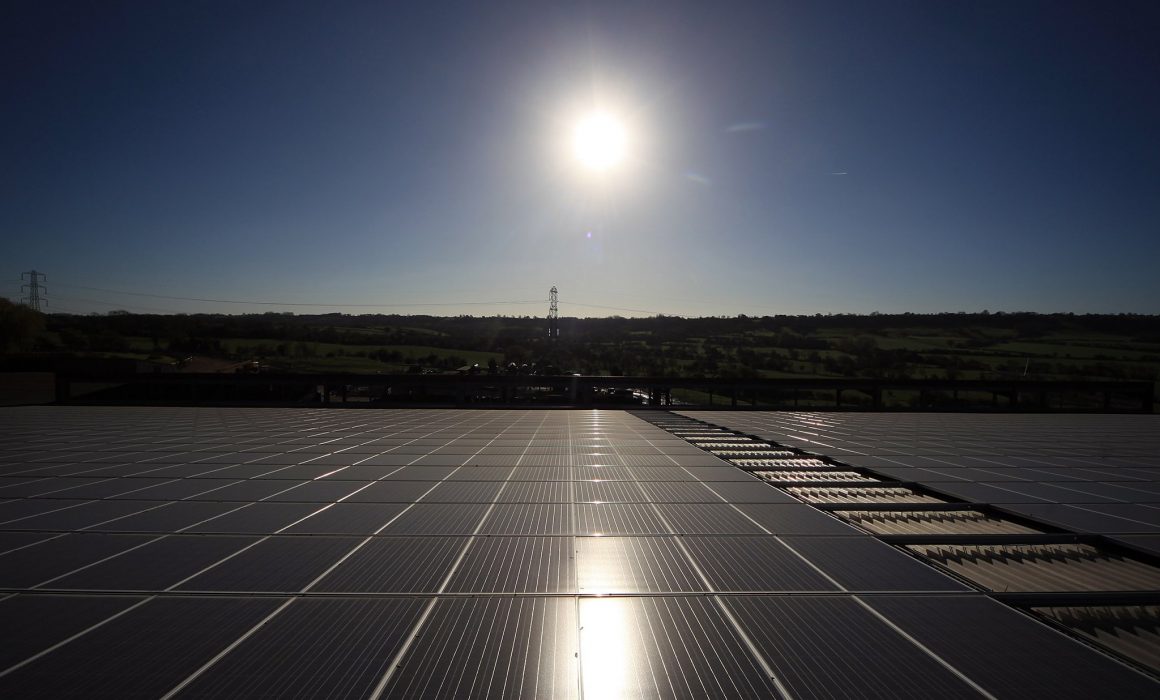Does your city generate a lot of solar energy? Rankings offer surprises.
Sustainable energy is popular far from liberal strongholds, particularly among Central Valley farmers.
By MARTIN WISCKOL | Orange County Register
Solar energy use throughout the state and the nation is expanding rapidly — and it’s not just liberal strongholds embracing the transition away from fossil fuels.
While Los Angeles produces the most total solar power nationwide, Bakersfield and Fresno generate more on a per person basis — and all three outproduce San Francisco, according to the new “Shining Cities 2020” study by Environment California.Read More











